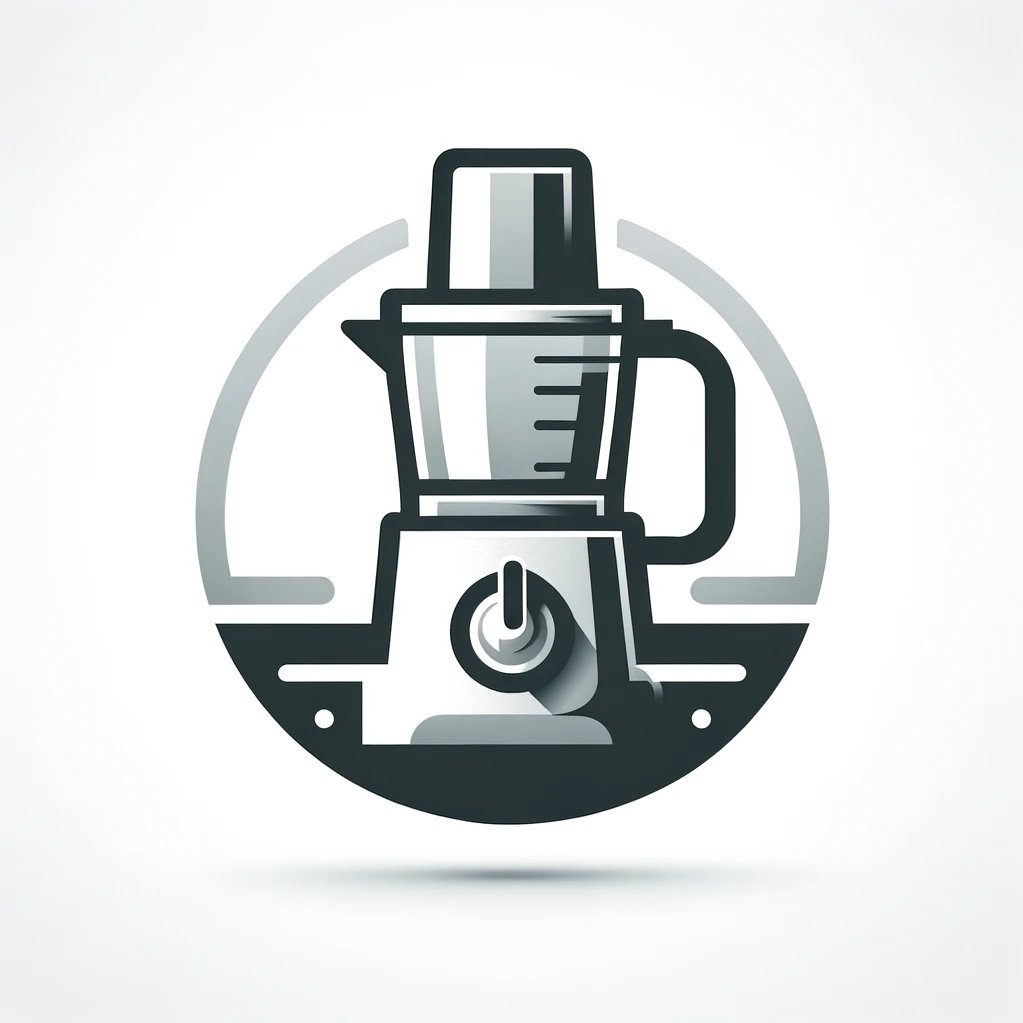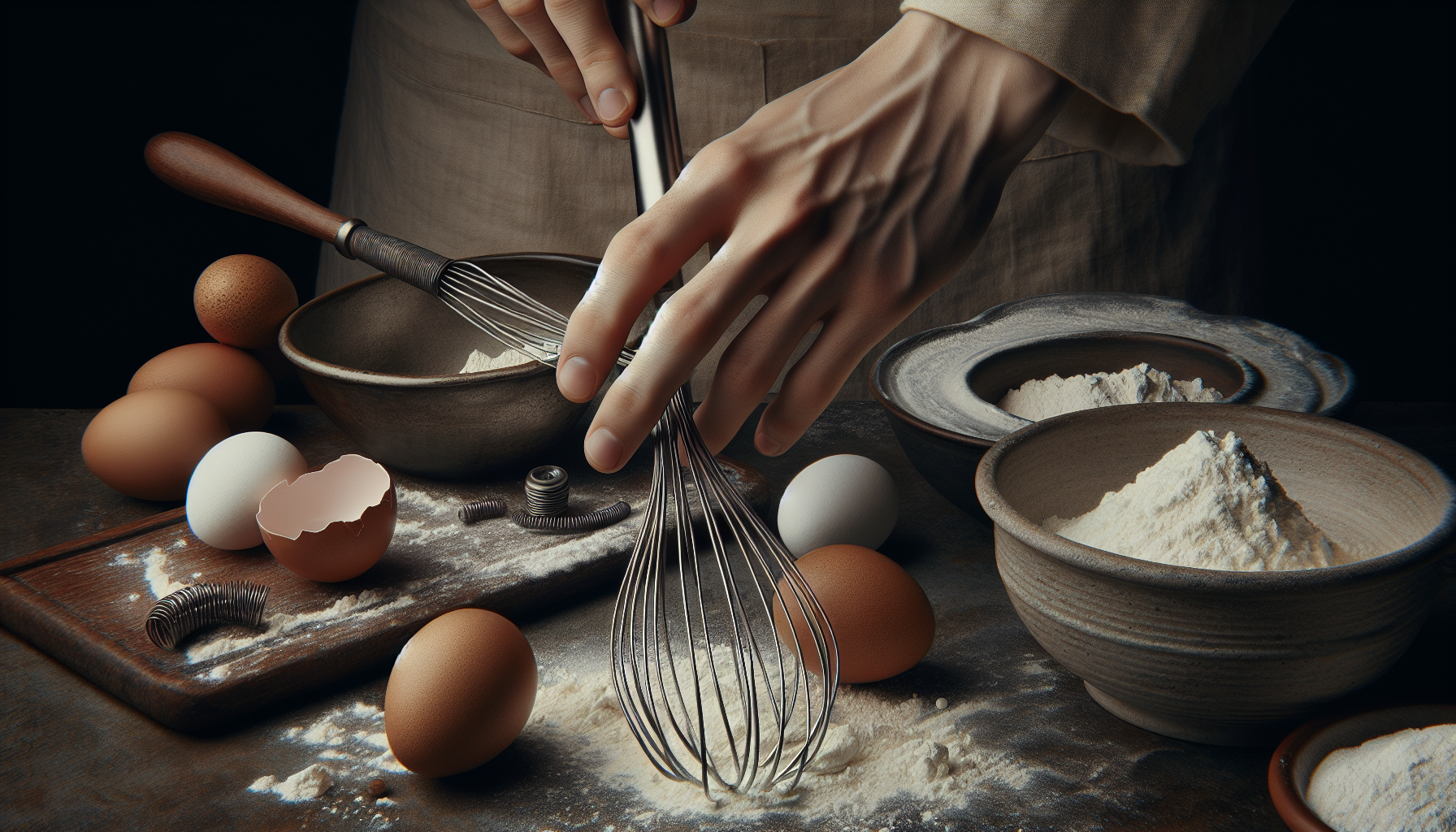Have you ever found yourself in the middle of a recipe only to realize that you don’t have a blender? Don’t worry, we’ve all been there! Whether your blender is broken or you simply don’t own one, there are still plenty of creative alternatives you can use to achieve the same results. From using a food processor to improvising with household items, this article will guide you through various options that will have you blending away in no time, even without a blender!
CHECK OUT FOOD PROCESSORS AND VEGETABLE CHOPPERS ON AMAZON
Mixing and Blending by Hand
Mixing and blending ingredients by hand can be a fun and rewarding experience. Not only do you have control over the texture and consistency of your food, but you also get to enjoy the process of creating delicious dishes with your own two hands. Whether you’re whisking, mashing, or grinding, there are various techniques and tools at your disposal to achieve the desired result.
Whisking
Whisking is a versatile technique that is commonly used for combining ingredients, beating eggs, and creating emulsions. To whisk by hand, all you need is a wire whisk and a bit of elbow grease. Simply hold the whisk handle and move it rapidly in a circular motion, making sure to incorporate air into the mixture. This technique is perfect for making fluffy eggs, light batters, and creamy dressings.
Fork Mash
When it comes to mashing ingredients like potatoes or avocados, a fork can be a great alternative to a blender. Simply pierce the food item with a fork and use a back-and-forth motion to break it down into a desired consistency. This method allows you to control the texture of your mashed ingredients, whether you prefer them chunky or smooth. Plus, it’s a fantastic way to release pent-up stress!
Potato Masher
For those who prefer smoother mashed foods, a potato masher is an excellent tool to have in your kitchen arsenal. This handheld utensil features a grid of small holes that allow you to mash ingredients quickly and efficiently. The design of the potato masher ensures that the food is evenly mashed, resulting in a consistent texture. Whether you’re making mashed potatoes, guacamole, or refried beans, a potato masher can be a worthy substitute for a blender.
Food Processor
When it comes to grinding, chopping, and blending in larger quantities, a food processor can be your best friend in the kitchen. While not a traditional hand tool, it provides a powerful alternative to a blender. With various blades and attachments, a food processor can handle a wide range of tasks. From making homemade nut butter and grinding spices to chopping vegetables and blending sauces, a food processor can be incredibly versatile and efficient.
Grinding Tool
In situations where you need to grind small amounts of ingredients, a grinding tool such as a mortar and pestle or a small coffee grinder can be a great substitute for a blender. These tools allow you to manually crush and grind ingredients into a fine powder or paste-like consistency. Whether you’re grinding spices, herbs, or even coffee beans, a grinding tool provides the precision and control needed for certain recipes.
CHECK OUT FOOD PROCESSORS AND VEGETABLE CHOPPERS ON AMAZON
Alternative Appliances
While mixing and blending by hand is a great option, there are also alternative appliances that can make your life in the kitchen easier and more efficient. These appliances offer a range of functionalities and can serve as substitutes for blenders in many situations.
Hand Mixer
A hand mixer is a versatile appliance that can handle a variety of mixing and blending tasks. With multiple speed settings and various attachments, a hand mixer can beat eggs, whip cream, and blend ingredients with ease. This appliance is particularly useful for making fluffy batters, creamy frostings, and smooth sauces. Its compact size and portability make it a convenient choice for those who want a blender alternative without sacrificing functionality.
Immersion Blender
An immersion blender, also known as a stick blender or hand blender, is a convenient tool for blending ingredients directly in a pot, bowl, or even a glass. This handheld appliance has a blending wand with sharp blades at the bottom. By simply immersing the wand into the food and activating the motor, you can blend soups, sauces, smoothies, and even baby food in no time. With its compact design and easy cleanup, an immersion blender can be an excellent substitution for a traditional blender.
Stand Mixer
For those who love baking, a stand mixer is an indispensable appliance that can perform a multitude of tasks. From mixing doughs and batters to whipping cream and kneading bread, a stand mixer takes care of the heavy lifting for you. With various attachments such as a paddle, whisk, and dough hook, it offers versatility and efficiency. While it may not be as portable as other alternatives, a stand mixer provides unmatched power and precision in mixing and blending.
Food Mill
A food mill is a specialized kitchen tool that can puree, strain, and mash foods with ease. It consists of a bowl with small perforations and a rotating blade or disk assembly. By turning the handle, the food passes through the perforations, separating the unwanted parts and producing a smooth puree or sauce. A food mill is particularly useful for making baby food, apple sauce, tomato sauce, and mashed fruits or vegetables. Its simple and efficient design makes it a great substitute for a blender when it comes to straining and pureeing.
Traditional Methods
Sometimes, the most effective tools for mixing and blending can be found in traditional methods that have been used for centuries. These methods harness the power of basic kitchen tools to achieve the desired results.
Mortar and Pestle
A mortar and pestle is a classic tool that has been used for centuries to crush, grind, and mix ingredients. Made of solid material like stone, marble, or ceramic, the mortar is a bowl while the pestle is a heavy, blunt tool used for grinding and mashing. This traditional method allows you to release the full flavor and aroma of herbs and spices while giving you control over the texture and consistency. Whether you’re making a homemade spice blend or crushing garlic into a paste, a mortar and pestle can be a timeless and effective choice.
Grater
Grating is another traditional method that offers a unique way to blend ingredients. With a handheld grater, you can finely shred ingredients like cheese, vegetables, or chocolate. This process creates small, uniform pieces that blend together seamlessly, adding texture and flavor to your dishes. Whether you’re making a gratin, salad, or garnishing a dessert, a grater can be a simple yet effective alternative to a blender.
Chop and Crush
Sometimes, all you need are good old-fashioned knife skills to mix and blend ingredients. By using a sharp chef’s knife, you can chop and crush ingredients to create a harmonious blend of flavors and textures. Finely mince herbs, crush garlic or ginger, and dice vegetables to release their natural juices and aromas. This method is particularly useful for making salsas, dressings, and marinades. While it may require more time and effort, chopping and crushing ingredients by hand can provide a satisfying and personalized touch to your culinary creations.
Rolling Pin
Lastly, a rolling pin can be a surprising tool for blending ingredients in certain recipes. In baking, a rolling pin is commonly used to flatten dough, but it can also be employed to crush ingredients like cookies, crackers, nuts, or seeds to create a fine crumb or crust. By rolling the pin over the ingredients in a plastic bag or between layers of parchment paper, you can achieve the desired texture without the need for a blender. This method is perfect for making pie crusts, cheesecake bases, and even crumb toppings for savory dishes.
In conclusion, if you find yourself without a blender, fear not. There are plenty of alternatives and traditional methods that can help you mix and blend ingredients by hand. Whisking, mashing, grinding, and chopping are just a few techniques you can utilize, along with various tools such as potato mashers, food processors, and grinding tools. Additionally, alternative appliances like hand mixers, immersion blenders, stand mixers, and food mills offer convenience and versatility. Don’t forget about traditional methods like using a mortar and pestle, grater, knife, or rolling pin, which can add a unique touch to your culinary adventures. So embrace the power of your own hands and let your creativity flow in the kitchen even without a blender!

